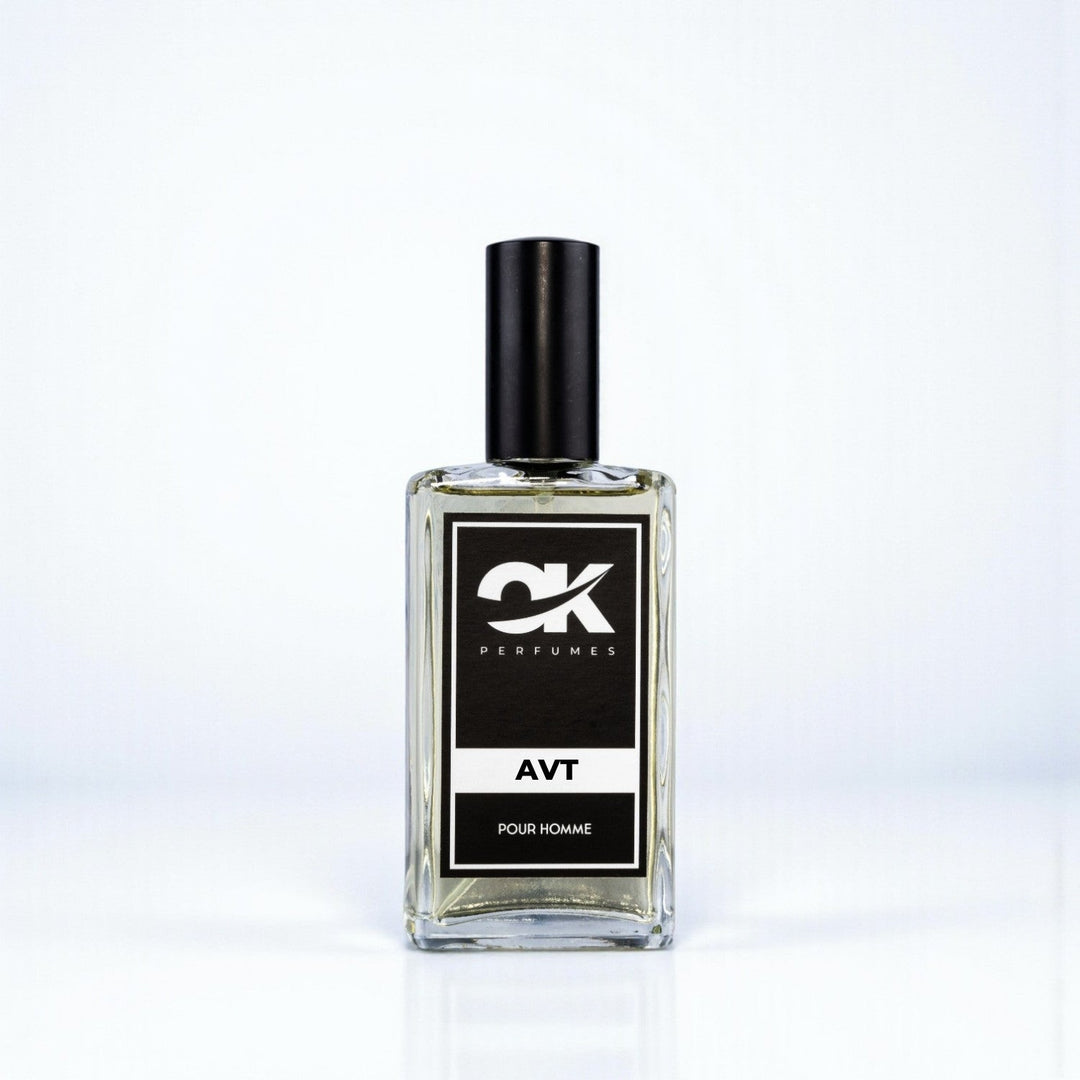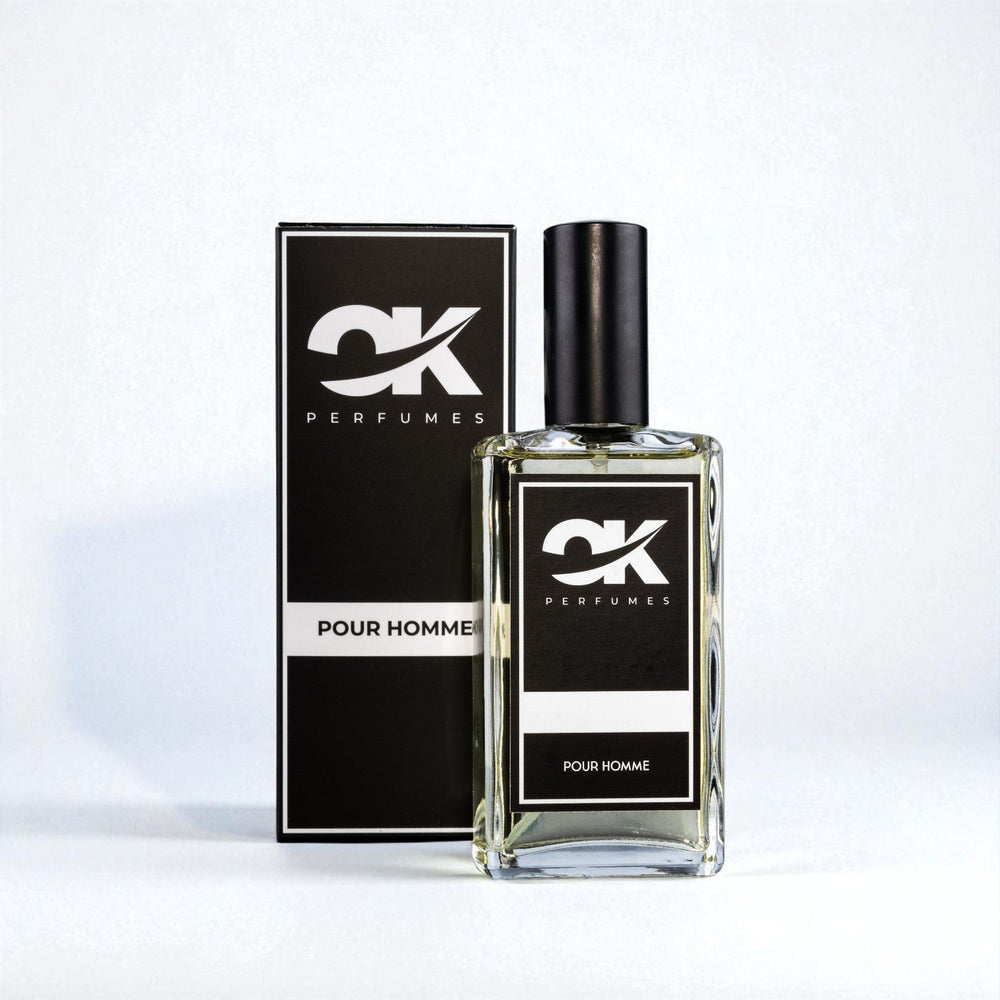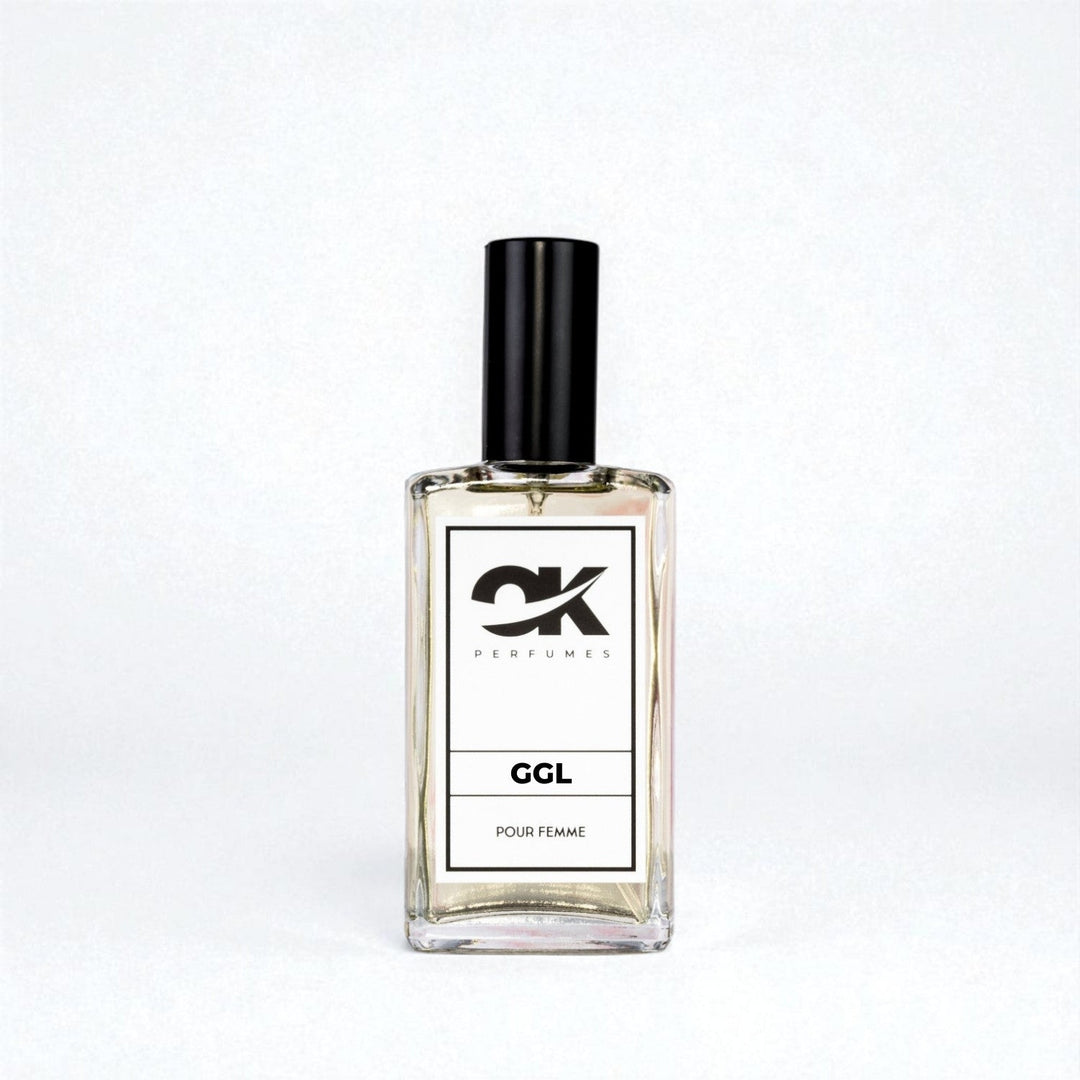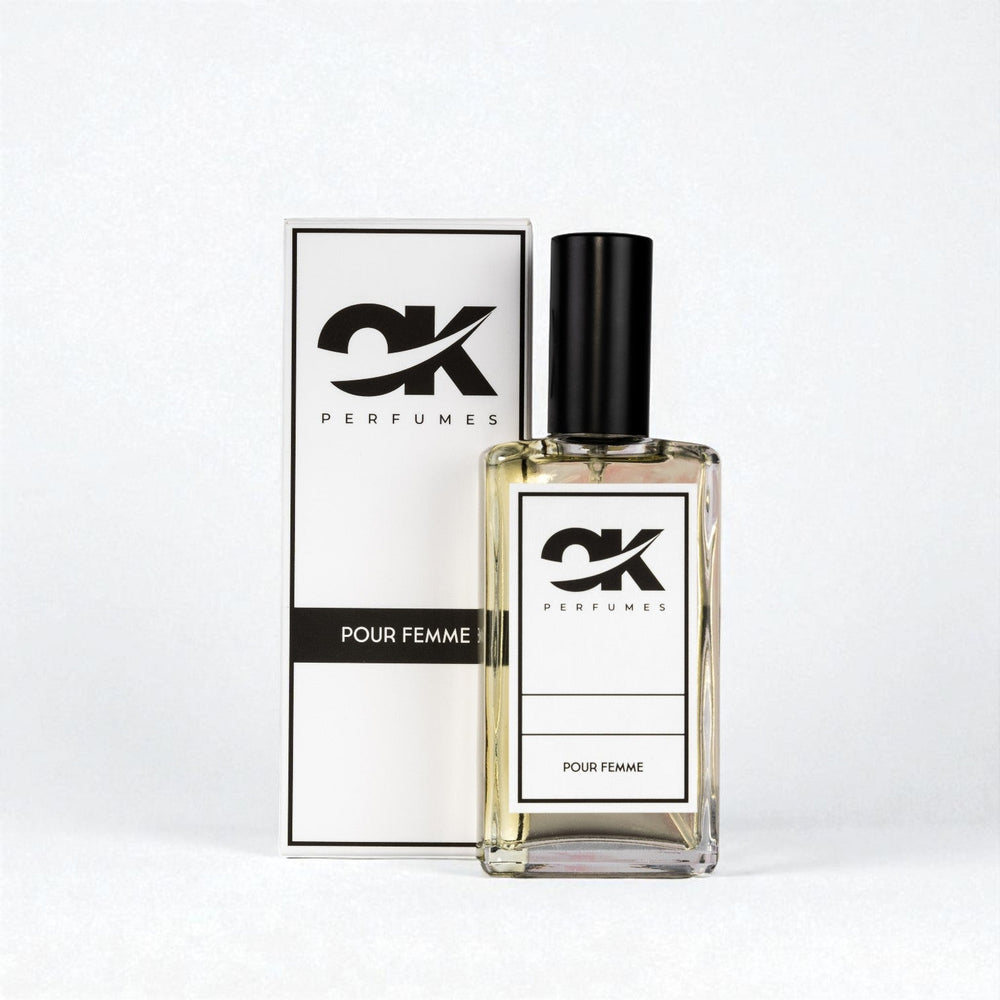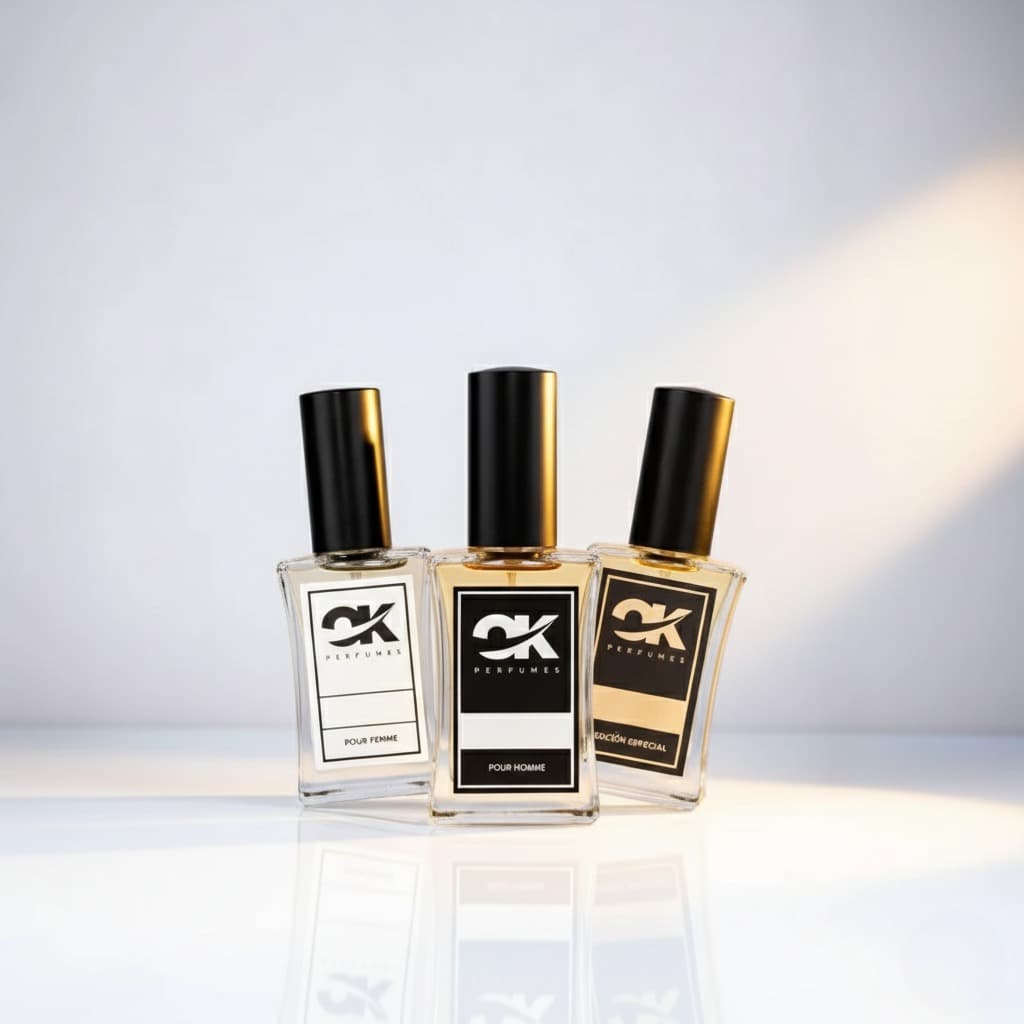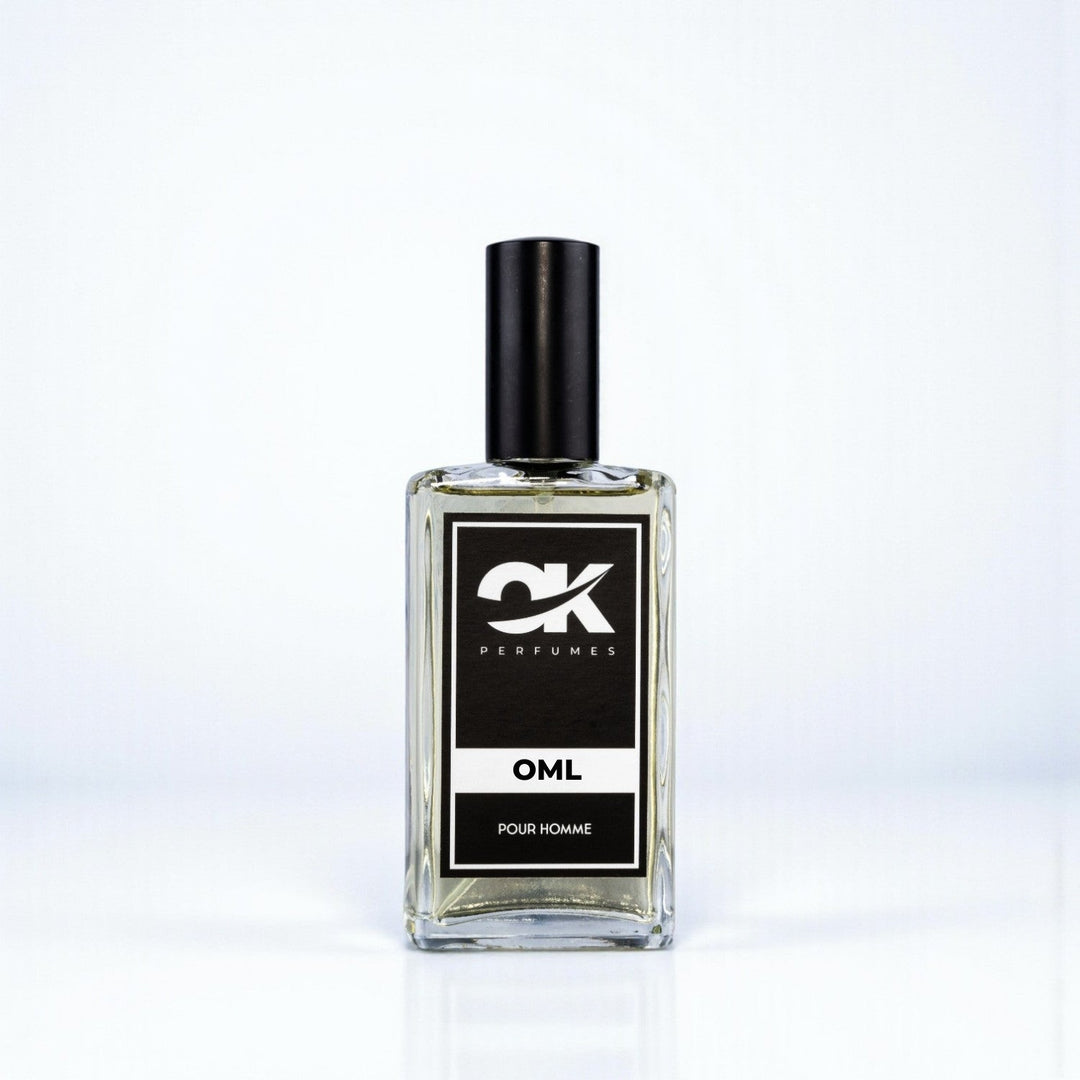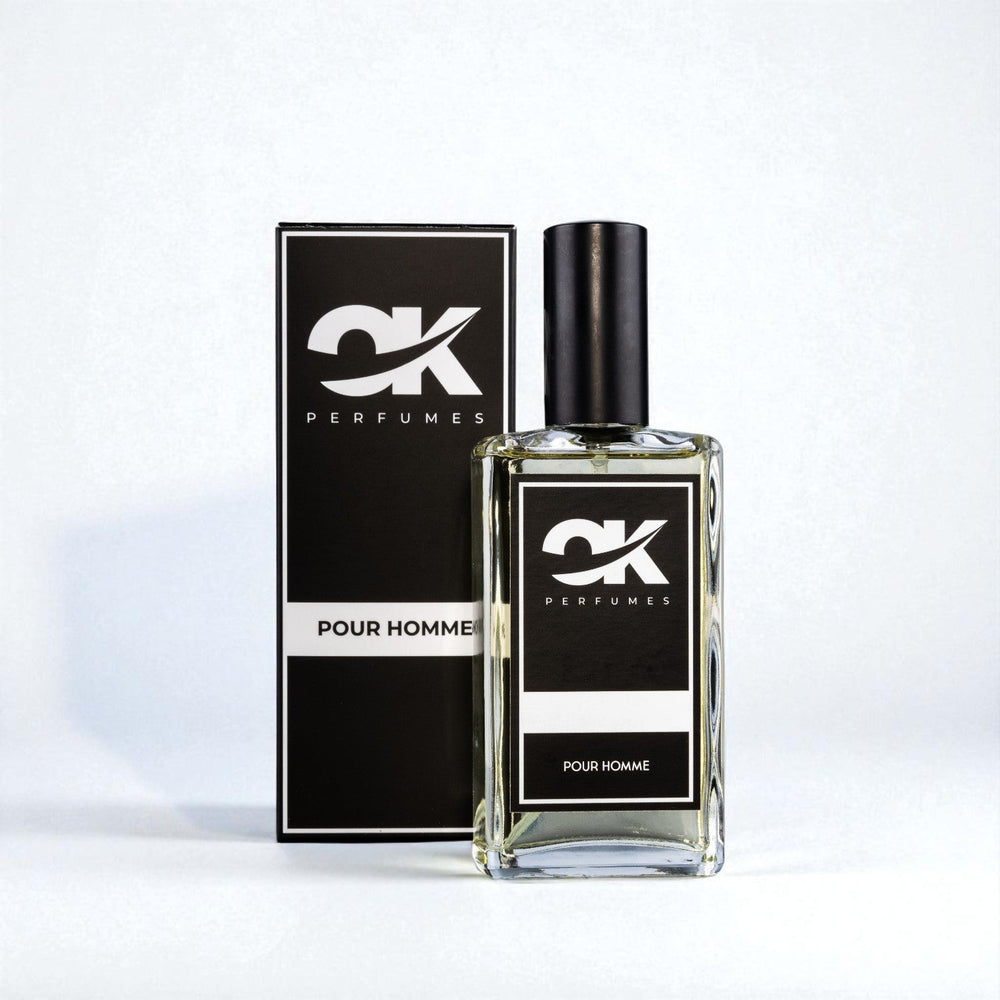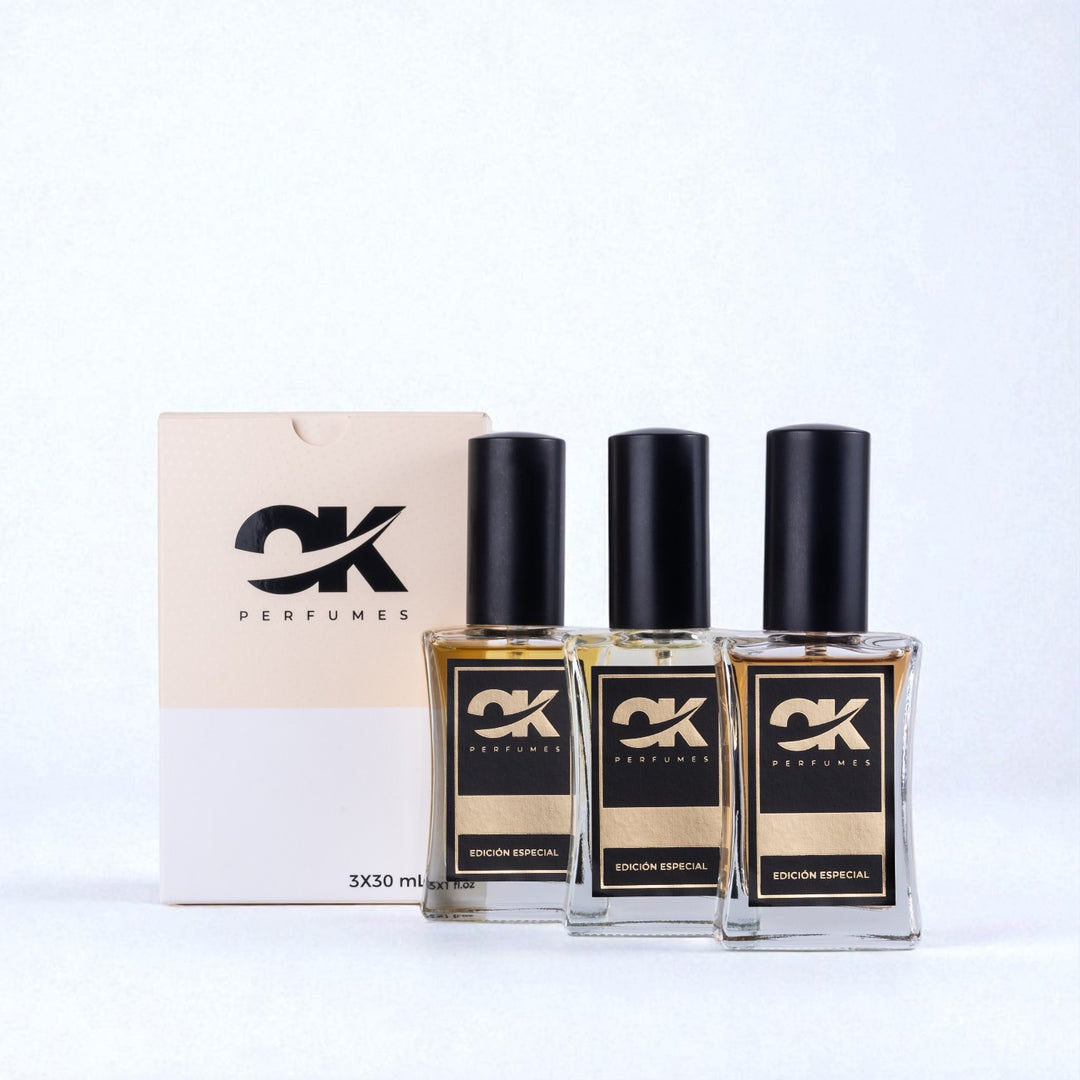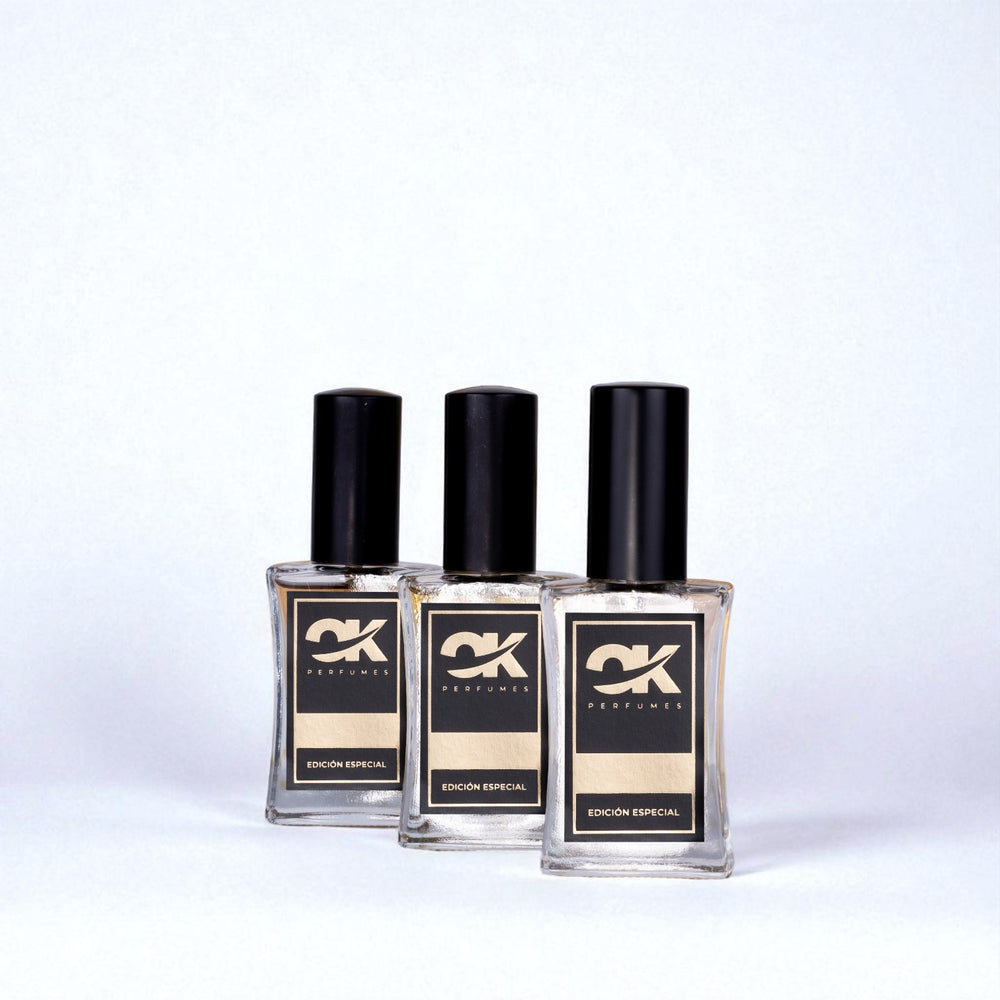The journey of a perfume: from idea to bottle
Frequently Asked Questions
1. How is a perfume born?
2. What steps are followed to create a perfume?
3. What are the types of ingredients in a perfume?
4. Why is feedback important in the perfume creation process?
5. How is a perfume presented to the market?
The art of creating a perfume is a fascinating experience that combines science, creativity, and passion. From the evocative scents to the delicate bottle that houses them, every step of the process is crucial to achieving a unique fragrance. If you've ever wondered how this process is carried out, join us on this journey and discover how an exclusive scent is born and becomes one of the best perfumes.
Inspiration: The First Step
It all starts with an idea. Inspiration can come from a variety of sources: a memory, an emotion, or even nature itself. This moment is crucial, as it will define the character of the fragrance. Perfumers often keep a scent diary, where they write down their ideas and the scent combinations they want to explore.
Creating the Concept
Once the initial idea is established, the next step is to develop a clear concept. This concept will include a description of the fragrance, i.e., the desired sensations, whether it will be floral, fresh, woody, etc. Additionally, factors such as the target audience and how the wearer wants to feel will be taken into account. Once this is defined, perfumers can begin selecting their ingredients.
Selecting Ingredients: The Base of Perfume
Selecting ingredients is a delicate process. Perfumers select natural and synthetic essences to combine and create the perfect scent. Quality is paramount here, so the best ingredients are essential for a unique scent .
Types of Ingredients
- Top notes: These are the aromas you immediately perceive upon applying the perfume. They are usually fresh and light, like citrus or fruit.
- Heart notes: These emerge once the top notes fade. These notes are deeper, like flowers or spices.
- Base notes: These are the scents that linger longest on the skin. They are usually woods, resins, or amber, adding a solid foundation to the fragrance.
The Formula: Mixing and Testing
With the ingredients selected, the next step is creating the perfume formula. Perfumers begin mixing different concentrations of essential oils to find the perfect combination. This process can require numerous tests and adjustments.
The Art of Mixing
Blending ingredients isn't simply a matter of putting them together; it's a true art. Perfumers must consider the volatility of the ingredients and how they will change over time. Furthermore, maintaining a balance between notes is essential for a harmonious fragrance. At this stage, the perfumer can also create variations to see which resonates most.
The Evaluation Cycle: Smell Tests
Once an initial formula has been created, it's time for scent testing. This phase involves applying the fragrance to paper strips, to a tester's skin, or, in some cases, even to the air. The idea is to assess how the perfume develops over time.
Feedback is Key
Gathering feedback is essential. Perfumers must observe how the fragrance feels after several hours of use. This feedback will help make necessary adjustments to the formula to perfect it. The goal is for the final result to be a scent that stands out among the best.
Packaging Development: Aroma Presentation
Once the ideal formula has been achieved, the next step is to design the packaging. The presentation is just as important as the product itself. The bottle should reflect the essence of the perfume, whether elegant, bold, or modern.
Aspects to Consider in Design
- Material: Glass, plastic or metal can be used, but the choice of material influences several aspects, such as aesthetics and the preservation of the perfume.
- Shape: The shape of the bottle can be a reflection of the fragrance; something fluid evokes freshness, while a geometric shape can suggest modernity.
- Label: Branding and product information should be clearly visible, and the design should tell a story that connects with the consumer.
Production and Distribution: Bringing Perfume to Market
Once the bottle design is finalized and the formula has been perfected, production begins. This involves manufacturing the bottles, mass-mixing the ingredients, and finally, bottling.
Logistics
Logistics is a crucial part of this process. Perfume distribution must be carefully planned to ensure it reaches the right retail outlets. It's also essential to develop an effective marketing strategy that attracts consumers.
Marketing: Making an Impact
Once the fragrance is ready, marketing plays a key role. It's about creating a story around the fragrance that resonates with the target audience. This includes social media campaigns, influencer collaborations, and launch events.
We Create Connections
Developing an emotional connection with customers can be a decisive factor in their choice. Fragrances have the power to evoke memories and emotions, and utilizing this in your marketing strategy can influence consumers' purchasing decisions.
The Moment of Truth: The Public Reception
Once launched, the perfume will be judged by the public. Customer reviews and comments are a way to gauge the fragrance's success. Often, the fragrance's reception can surprise the creators, as a perfume could be conceived one way but receive a different kind of acceptance.
The Journey Continues: Learning and Creating More
At the end of the day, the process of creating a perfume doesn't end when it hits store shelves. The fragrance industry is dynamic and constantly evolving, which means perfumers must continue to learn and experiment to create new , unique scents that complement their current collection.
In short, a perfume's journey from idea to bottle is a complex and fascinating process that requires both art and science. Attention to detail, careful ingredient selection, and marketing strategy are just a few of the aspects that contribute to a perfume's success in the marketplace. Whether you're looking for a unique scent or want to create your own, understanding the process can be both educational and inspiring. Your next favorite perfume could be on the way! Who knows how many stories lie in each bottle, waiting to be discovered?




